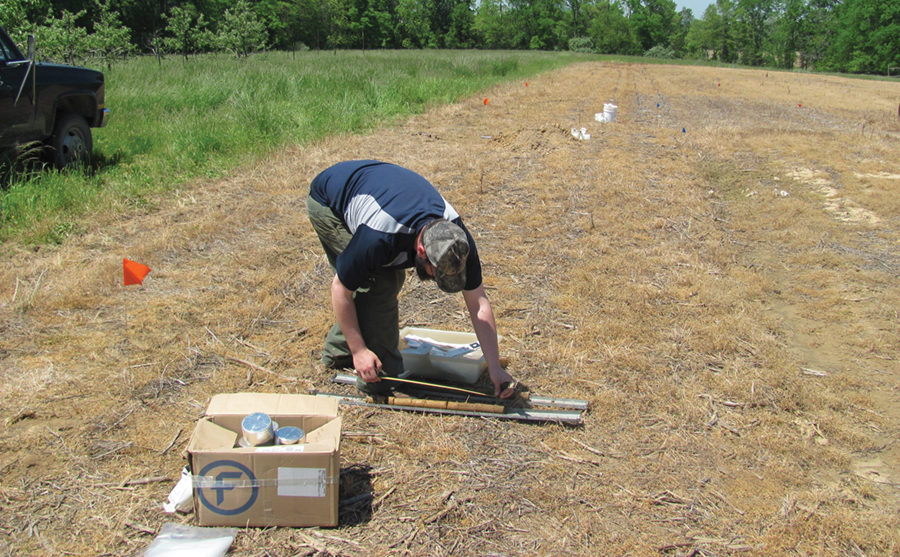No-Till Farmer
Get full access NOW to the most comprehensive, powerful and easy-to-use online resource for no-tillage practices. Just one good idea will pay for your subscription hundreds of times over.

Ken Olson doesn’t dispute that no-till can sequester organic carbon in the soil, or provide numerous other benefits to farmers.
But no-tillers may not be storing as much soil organic carbon (SOC) in their soil profiles as they may have been led to believe, says the University of Illinois soil scientist, who published a controversial study on the topic this year.
After working with a team of senior researchers to review more than 120 research papers and summaries, Olson concluded that SOC sequestration rates published by federal laboratories and universities for 20 years are potentially misleading — especially as they relate to no-till.
Olson says the team’s review of data and research over the last 50 years found that no-till systems can lose organic carbon stocks over time, although likely at a slower rate than with moldboard or chisel plowing.
This situation can be reversed, Olson adds. A recently completed 12-year study he headed up at the University of Illinois found cover crops — in this case, cereal rye and hairy vetch — did help sequester SOC in southern Illinois.
Olson and a team of senior researchers from universities in Illinois, Wisconsin, Iowa and Ohio began this project by reviewing the soil science and tillage literature related to SOC sequestration, storage, retention and loss.
The team included Olson and researchers Mahdi Al-Kaisi from Iowa State University, Rattan Lal from Ohio State University and Birl Lowery from the University of Wisconsin.
After examining hundreds of original research and…